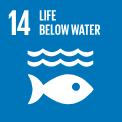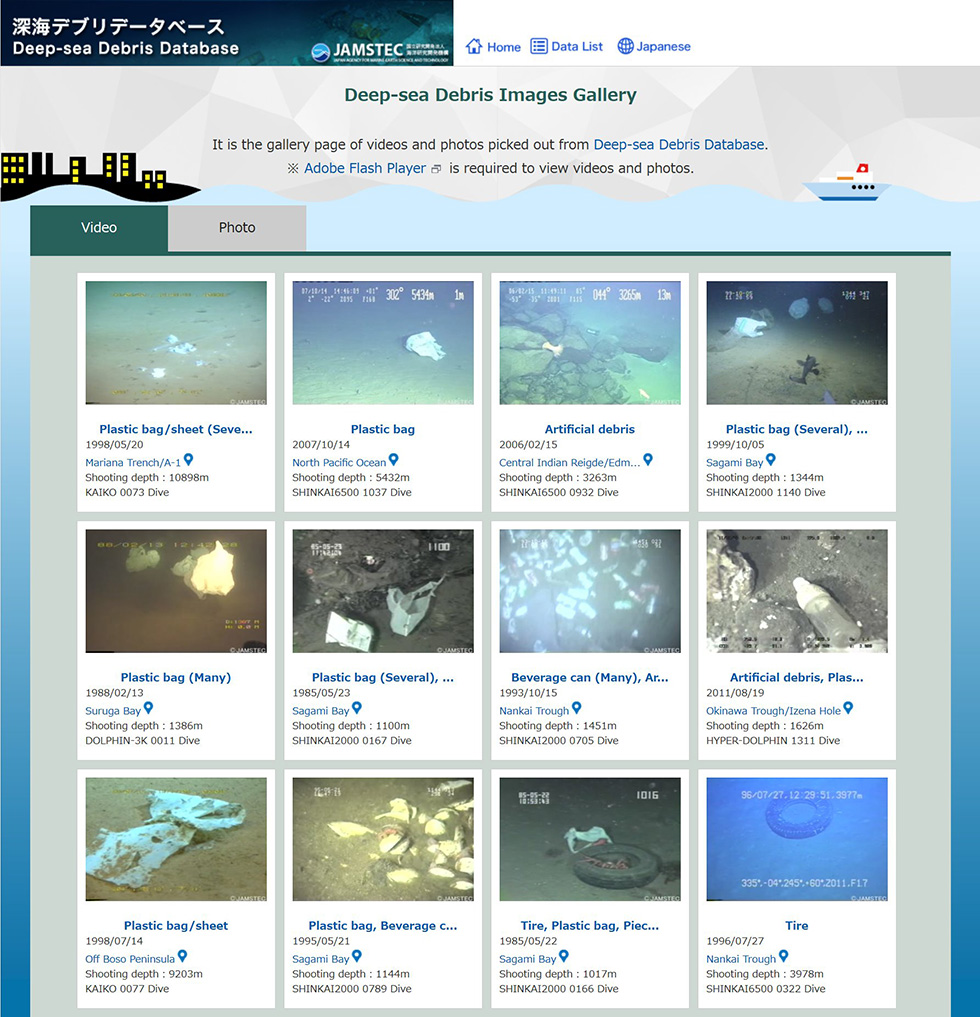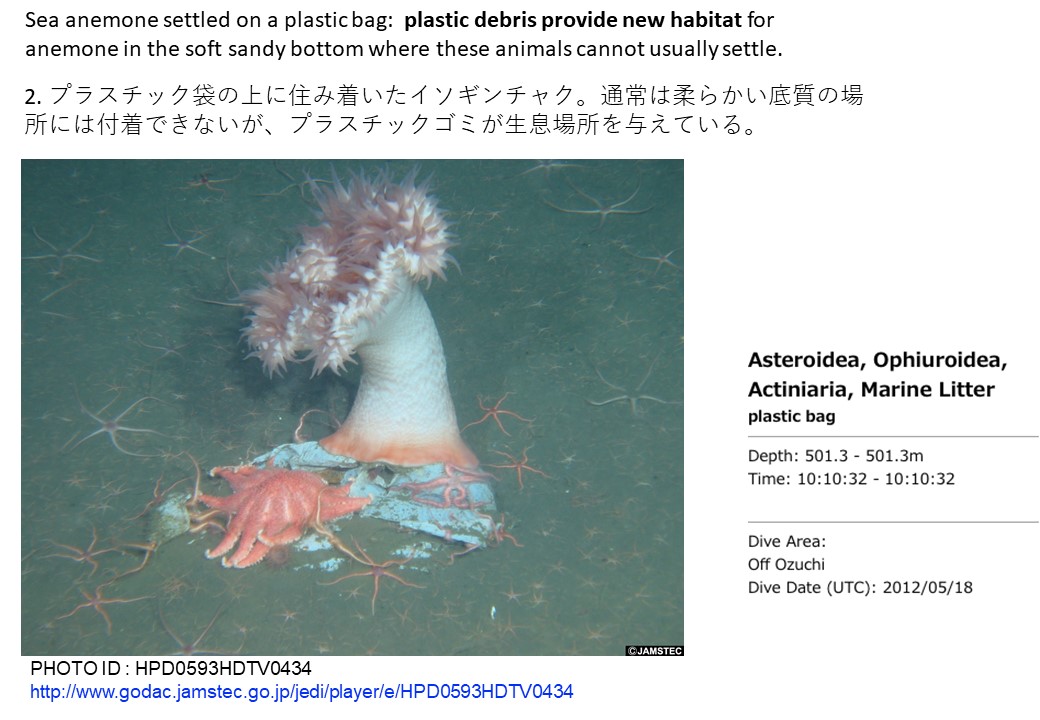Deep-sea Debris Database

Enhancement of marine scientific knowledge is essential to address the challenges of SDG14 such as marine pollution and conservation of sea and marine resources including biodiversity. JAMSTEC launched the Deep-sea Debris Database (http://www.godac.jamstec.go.jp/catalog/dsdebris/e/index.html) to the public based as an activity for Voluntary commitment #OceanAction17602 (Data sharing and use for contributing to SDG14 on marine biodiversity and marine debris). The database provides videos and photographs of marine debris (Figs. 1 or 2) found in during deep sea surveys by JAMSTEC,s submersibles ""SHINKAI 6500"", ""HYPER-DOLPHIN"", etc. since the 1980s. You can see debris of various shapes and materials with the locations where they were found. Together with the UNEP organization, which is promoting the Clean Seas Campaign to reduce production and consumption of single-use plastics such as plastic bags, we published a scientific paper to report that single-use plastics have ubiquitously distributed in even the deepest sea floor far from people's daily lives.
By 2025, through the results of our researches, we will provide the global society with the scientific knowledge necessary for the achievement of SDG 14.1, and contribute to development of the official indicator of SDG 14.1 “index of floating plastic debris density.”


Research Institute for Value-Added-Information Generation (VAiG)
Global Oceanographic Data Center (GODAC)
Data and information Technology Development Group (DiG)
Research Institute for Global Change (RIGC)
Marine Biodiversity and Environmental Assessment Research Center (BioEnv)
Marine Plastics Research Group (MPlastics)
